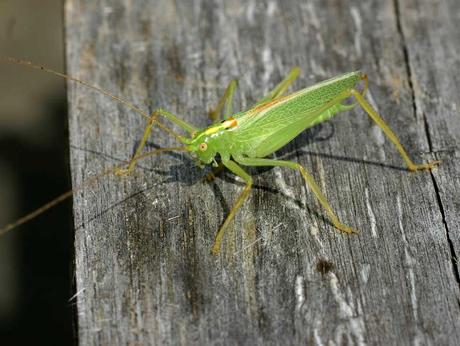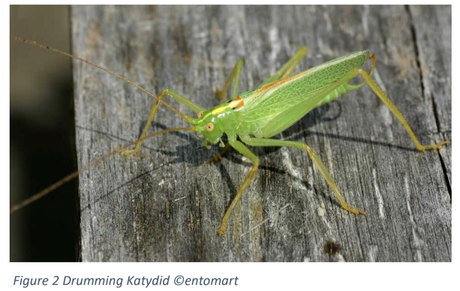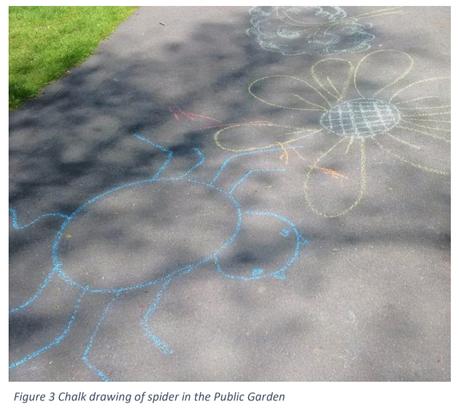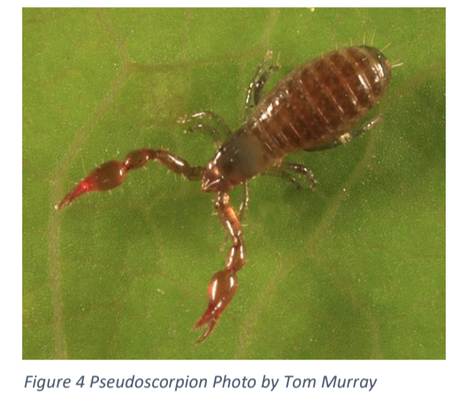 By Christine Helie, Consulting Entomologist, The Growing Tree
By Christine Helie, Consulting Entomologist, The Growing Tree Of the 1.5 million known insect species in the world, over 97% are beneficial or harmless. Most of the insects we encounter every day supply valuable ecological services such as pest control, pollination, decomposition and wildlife nutrition. It is important to recognize their contributions in our landscapes and continue to find ways to support their populations.
"The least creative way to get rid of bad bugs is by using insecticides." - Gilbert Waldbauer EntomologistPredatory insects perform an integral role in healthy landscapes by keeping pest insects at an acceptable level. However most urban landscapes are out of balance in terms of predators and pests. In these situations, it can be helpful to augment the existing population of beneficial insects with those purchased from insectaries, companies that raise natural enemies intended for release.
This year again, we released green lacewing larva in the Public Garden, the Boston Common, and Commonwealth Avenue Mall. As generalist predators, the tiny larvae (Chrysoperla rufilabris) provide a vital service by eating aphids, small caterpillars, beetles, thrips, mites, whiteflies, mealybugs, and even insect eggs. Additionally throughout this growing season, as time allowed, I continued to collect and identify the by-catch insects that were found on our elm bark beetle traps. Identifying the non-target insects on the traps is fundamental to knowing more about them, such as their diet or habitat requirements. Getting familiar with them enables us to see their connection to other species which will lead to a greater knowledge of the whole ecosystem in the parks.


As helpful predators, arachnids are always welcome sights in our parks whether in art or in real life. Early this Spring, an intact pseudoscorpion turned up on a trap in the Public Garden. Pseudoscorpions are harmless to us but are great natural predators with a preference for mites, thrips, carpet beetle larvae, and ants. These tiny arachnids range in size from 2 to 8 millimeters and can live for two or three years as adults.

Lastly, in September, an adult praying mantis was spotted balancing on the windshield of a Bartlett Tree Experts truck while they were working on the Mall. As always, we are encouraged to see that these awesome predators continue making the three parks their home and we hope to release a small army of them again next year.
